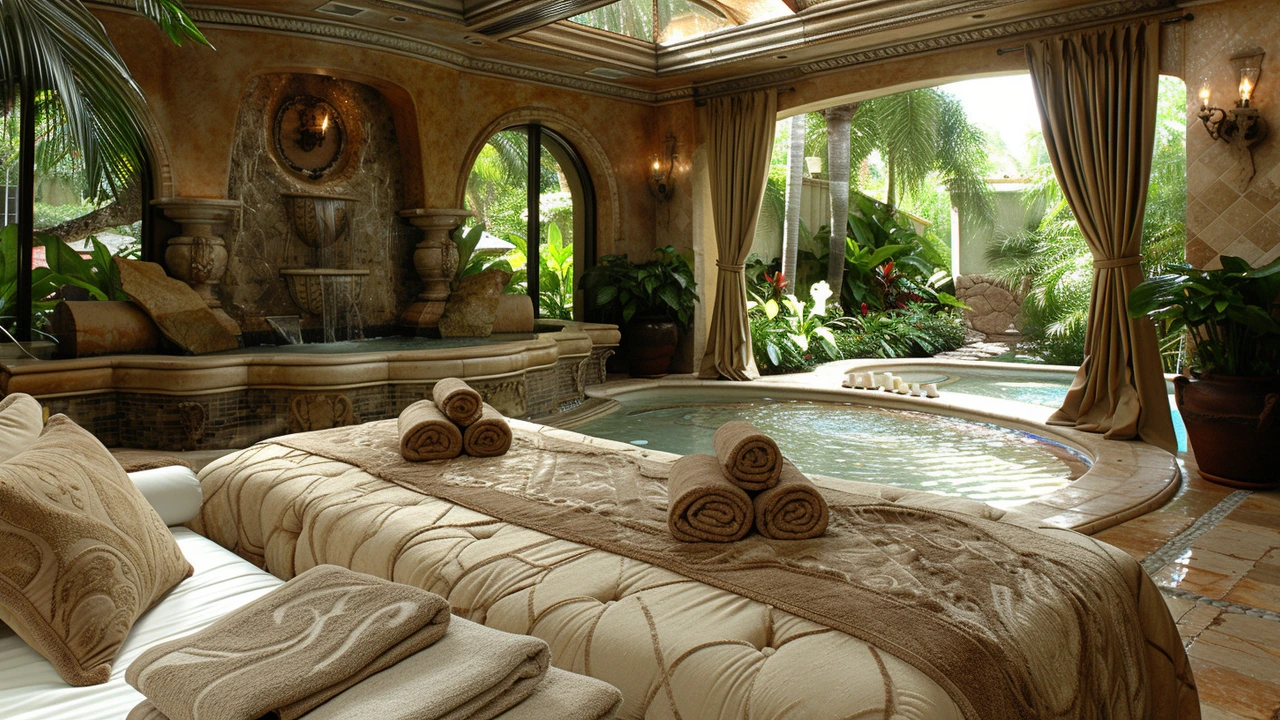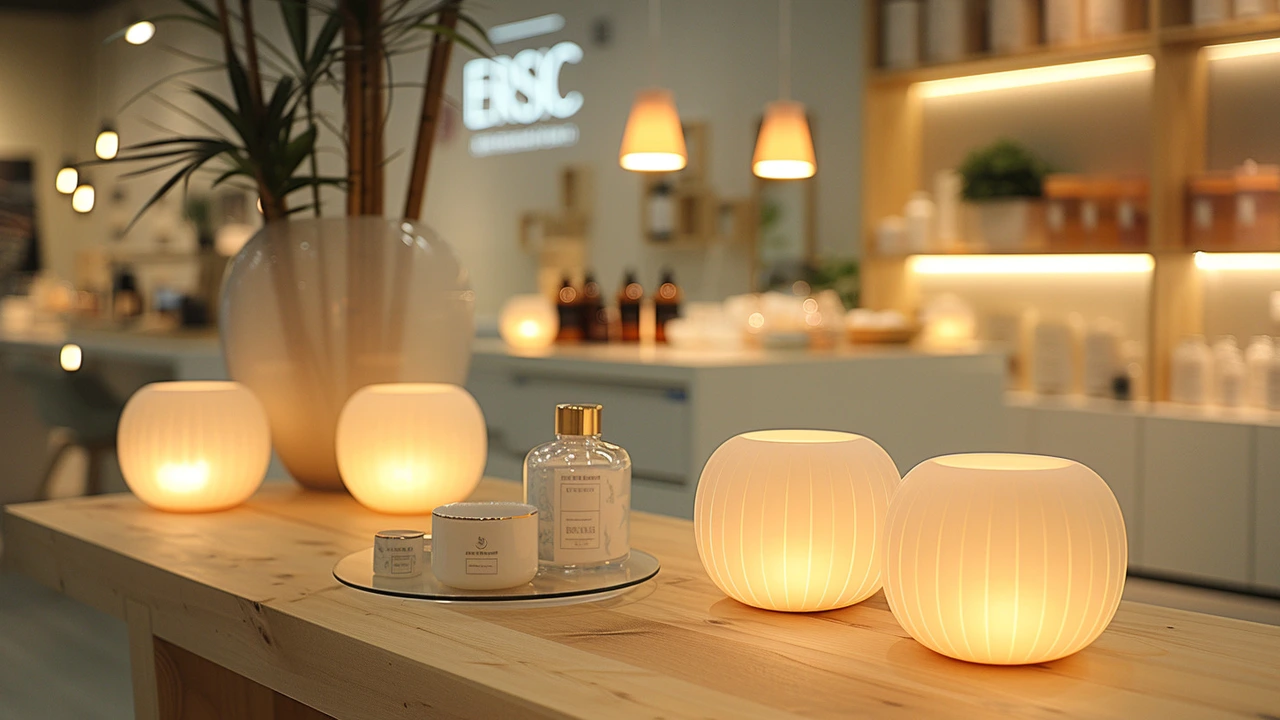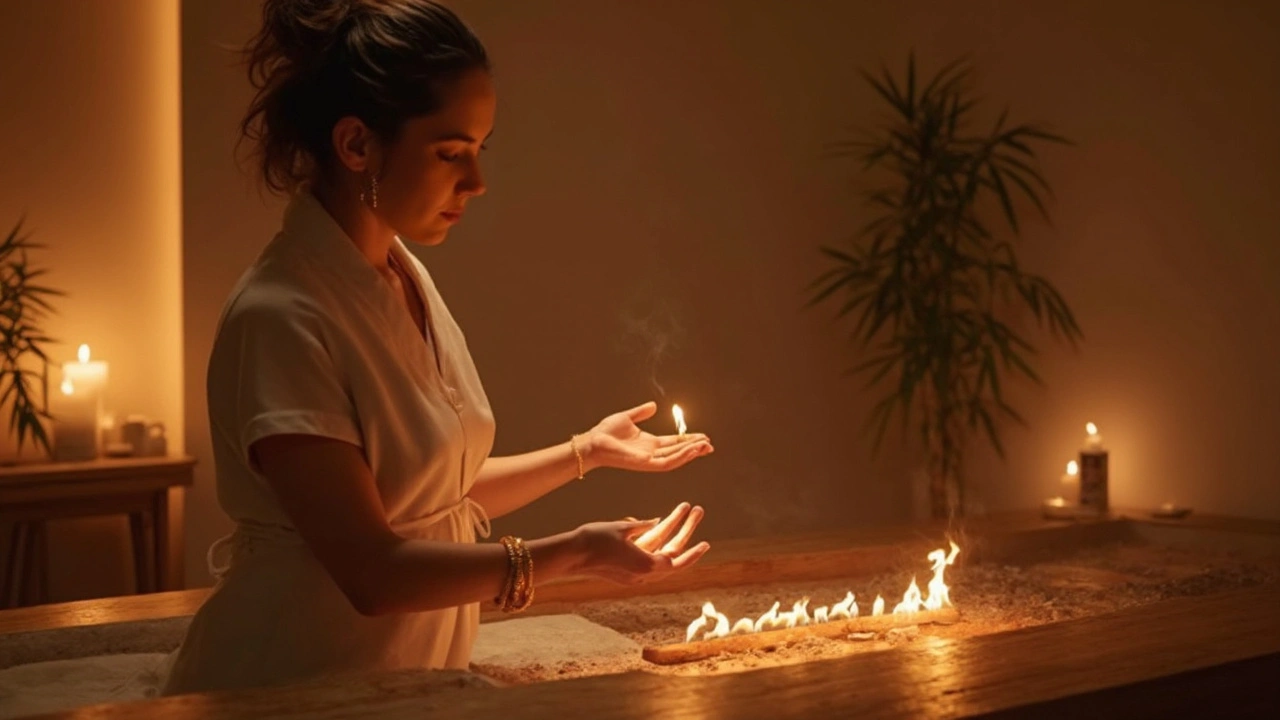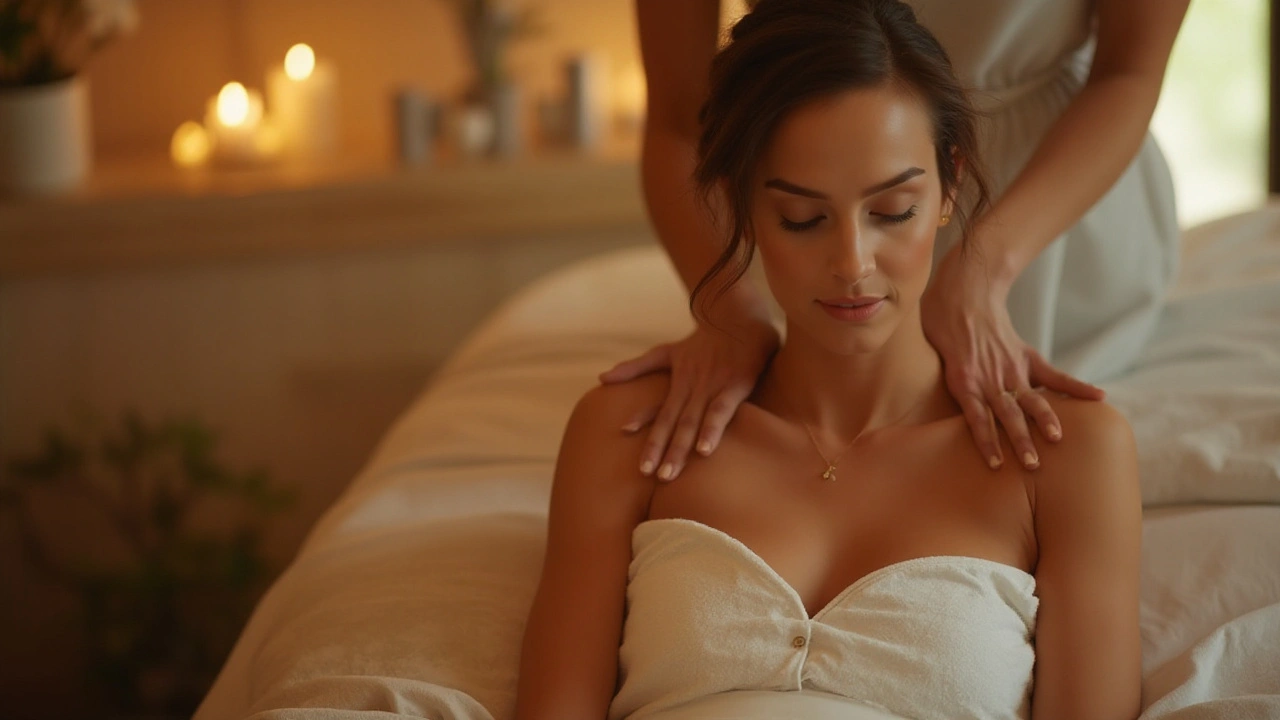Reiki Massage: Discover Inner Enlightenment

Reiki massage might sound all mystical and a bit out there, but it's actually a really grounded practice with fascinating roots. Originating in Japan in the early 20th century, this form of alternative therapy focuses on energy healing, aiming for a balance in body and mind. But how does it all work? Good question! The idea is that energy can get stuck, causing discomfort or even illness. Reiki massage aims to clear these blocks by channeling positive energy through a very gentle touch.
Now, I'm sure you're wondering what the actual benefits are—besides sounding cool at a dinner party, of course. People who practice Reiki often report feelings of relaxation and a significant decrease in stress. Plus, some say it helps with better sleep and even pain relief. Imagine lying there, drifting off, while someone is essentially helping your body heal itself. Yes, please!
Of course, diving into Reiki doesn't have to be all or nothing. There are simple ways to begin incorporating the practice into your life. You might start with a session from a certified practitioner to feel it out. Or, if you're more of a DIY kind, there are loads of books and online resources to guide you through the basics. Whatever your path, keeping an open mind is key. Reiki isn't a one-size-fits-all deal, and your journey will be unique.
- History and Origins
- How Reiki Works
- Benefits of Reiki Massage
- Getting Started with Reiki
- Tips for a Successful Reiki Experience
History and Origins
The whole Reiki thing started back in the early 1920s with a Japanese gentleman named Mikao Usui. Usui is often credited with the development of this unique form of energy healing, tapping into practices that aim to balance the body's energies for improved well-being. He made it his mission to share this technique with others to promote healing and peace.
So, how did Usui actually come up with this? Legend has it that he experienced a deep spiritual revelation during a 21-day Buddhist retreat. You know, the sort of retreat where you give up all the creature comforts. While fasting and meditating on Mount Kurama, Usui stumbled upon the secret to harnessing and channeling energy effectively. Pretty epic, right?
Booming in the West
Reiki found its way to the West through a lady named Hawayo Takata. In the 1930s, she brought Reiki to Hawaii after learning the practice in Japan. How's that for an O.G. influencer move? Thanks to Takata, Reiki started gaining traction in the United States and eventually spread across the globe. Fun fact: by the time she passed away in 1980, she had trained 22 Reiki Masters, ensuring that this knowledge continued to spread.
Through the years, Reiki has branched into different styles. Some adaptions might focus more on traditional Japanese techniques, while others incorporate elements from other healing modalities. But across all forms, the essence remains the same: it's all about restoring balance and harmony through energy.
Modern-Day Japan and Abroad
Today, Reiki continues to be practiced worldwide. In fact, it's not uncommon to find it offered in holistic spa packages or even within hospitals as a complementary treatment. Thanks to this global presence, it's now not only a matter of wellness but also a means of promoting mutual understanding and tranquility across different cultures.
How Reiki Works
Alright, so let's unravel the mystery of how Reiki actually works. At its core, Reiki is all about energy healing. The belief is we all have life force energy flowing through us, sometimes called 'ki' or 'chi.' Now, when this energy gets blocked, that’s when we feel off—be it physically, emotionally, or mentally.
Here’s the cool part: During a Reiki massage session, the practitioner acts like a conduit for this energy. They don’t use pressure or tissue manipulation like traditional massage. Instead, they use a gentle touch or even just hold their hands slightly above your body, guiding energy to flow smoothly and clear those pesky blockages.
Energy Flow Techniques
The techniques vary, but here are some of the main ones:
- Hand Positions: The practitioner might place their hands on or just above different parts of your body, transferring positive energy where it’s needed most.
- Scanning: Some Reiki masters 'scan' your body with their hands to sense where energy is stagnant and needs to be activated.
- Chakra Balancing: In some practices, attention is given to aligning or clearing the chakras, which are energy centers in our body.
Don’t worry if you can’t feel anything during the session. Many people feel warmth or tingling, others just relax. But the effects often are felt afterward; think of it as your body realigning and settling.
Science Behind Reiki
While Reiki is still considered alternative medicine, some studies suggest it helps reduce stress and promote relaxation. Don’t expect tons of lab data like you'd get with pharmaceuticals, but anecdotal evidence and small studies often highlight the benefits.
Fun fact: A small study published in the 'Journal of Alternative and Complementary Medicine' found that Reiki helped improve mood and well-being in people with depression and anxiety.
At the end of the day, the beauty of Reiki lies in its gentle, non-intrusive nature. Whether you're fully on board with energy work or just curious, Reiki offers a unique pathway to rediscovering balance and inner peace.

Benefits of Reiki Massage
So, what can a Reiki massage actually do for you? Quite a lot, as it turns out! One of the biggest perks is how it helps with stress reduction and relaxation. In today's fast-paced world, who doesn't need a bit of that? The gentle and soothing hand movements encourage deep relaxation, which seems to calm the mind and switch the body out of fight-or-flight mode.
Physical Healing
Beyond stress relief, many folks have reported physical benefits, too. Reiki might assist with pain relief; people dealing with chronic pain conditions often say they feel lighter and less burdened afterward. It's not a replacement for medical treatment but more like a complementary add-on.
Emotional and Mental Clarity
Emotionally, Reiki can be a game-changer. Imagine carrying around a backpack of worries and having someone help lighten the load. Through energy shifts, people have found clarity they never knew they had within. It's like unwinding those emotional knots you didn't know were there.
Balancing Energy Levels
Reiki is all about energy balance. Think of it like aligning your batteries so you feel refreshed and energized. This balance isn't just about feeling upbeat during the day; it's known to improve sleep quality, too. There's nothing like waking up actually feeling well-rested!
Some studies have even tracked results of Reiki on various health markers. One small study noticed reduced anxiety levels in participants who received Reiki sessions. While more research is definitely needed, the findings are promising!
A quick chat with anyone who's tried Reiki likely reveals unique experiences and benefits. Each session tends to be deeply personal, providing a handful of intangible joys that improve well-being in various ways.
Getting Started with Reiki
Alright, so you're curious about Reiki, and wondering how to actually get started? No worries, it's much simpler than you might think. First off, finding a certified Reiki practitioner is a great way to dip your toes in. This helps you experience the process firsthand with someone who's trained and knows the ropes. You can find practitioners through local wellness centers or even by asking for recommendations from friends who've tried it.
Attending Your First Session
Take a breath and relax. In your first session, you're mostly going to lie down fully clothed, while the practitioner lightly places their hands on or just above you. This can last anywhere from 30 to 90 minutes—so definitely take this into account when scheduling. Be open to whatever feelings or thoughts come up. Some folks report feeling warmth or tingling, while others just feel super relaxed.
DIY Reiki: Practicing at Home
Wanna take matters into your own hands, literally? Self-practice is a thing! Start by finding a quiet space and focusing on your breathing. Lightly touch the areas you feel need attention, focusing on the intention of sending positive energy. There are plenty of guides and videos online if you need a visual aid. And remember, practice really does make perfect, so take it one session at a time.
- Find a calm, quiet space free from distractions.
- Use relaxing music or nature sounds to set the mood.
- Take slow, deep breaths to center yourself.
- Trust your intuition to place your hands where needed.
Learning More Through Classes
Feeling a bit like you want to delve deeper into the world of Reiki? Classes and workshops are available that teach different levels of Reiki—from basic techniques to advanced training. This can be a great way to meet like-minded people and get tips from seasoned practitioners. Plus, who knows, you might just find a new calling!
Really, the key to starting your Reiki journey is keeping an open mind and giving yourself the permission to explore. Everyone's experience is unique, so trust the process and embrace whatever comes your way.
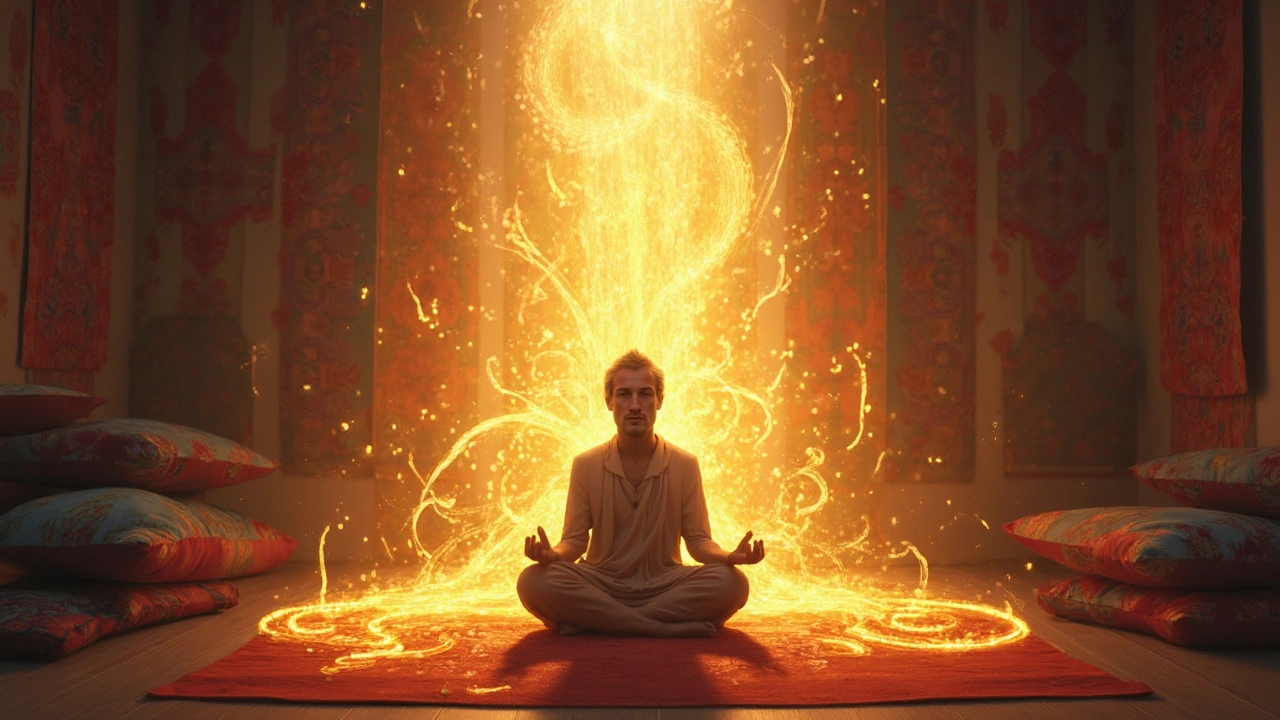
Tips for a Successful Reiki Experience
Embarking on your Reiki journey can be an exciting adventure. To make the most out of it, here are some practical tips to keep in mind. Whether you're new to Reiki massage or a seasoned pro, these pointers can help you enhance your experience.
Finding the Right Practitioner
First off, let's talk about choosing the right practitioner. Just like any other service, a little research can go a long way. Look for someone who is certified and has good reviews. Word of mouth is golden, so don't hesitate to ask friends or family if they know someone reliable. Feel free to meet a few practitioners before making your choice—your comfort is key!
Setting the Right Environment
The atmosphere during your session can really shape your energy healing experience. So, wear something comfy and make sure the room is quiet and cozy. Some folks like a few candles or soft music in the background, while others prefer silence to fully relax. Do what feels right for you.
Being Open to the Experience
This might sound obvious, but being mentally open can truly enhance the result. If you're skeptical or tense, your energy flow might be restricted. Take a few deep breaths before starting and try to let go of any preconceived notions. Remember, Reiki works differently for everyone.
After the Session
Post-session, your body could be buzzing with new energy or feeling particularly relaxed. It's a good idea to drink some water to help with the cleansing process. Take note of any changes in your mood or physical state over the next few days. This can help you pinpoint the benefits you've received.
Make it a Habit
Like anything beneficial, consistency is key. Regular sessions can help build the long-term benefits of Reiki massage. Consider setting a schedule that suits your lifestyle—that could be weekly, monthly, or whatever rhythm feels right.
Remember, there's no wrong way to experience Reiki, only what's right for you. Following these tips can make your experience smoother and perhaps more enlightening. Enjoy the journey!

